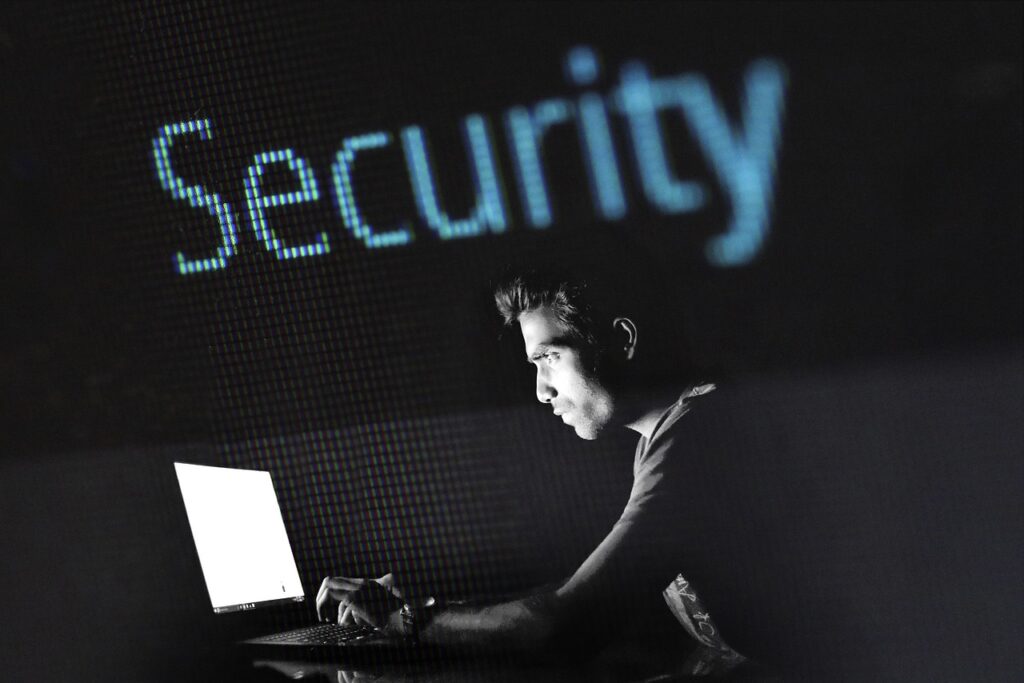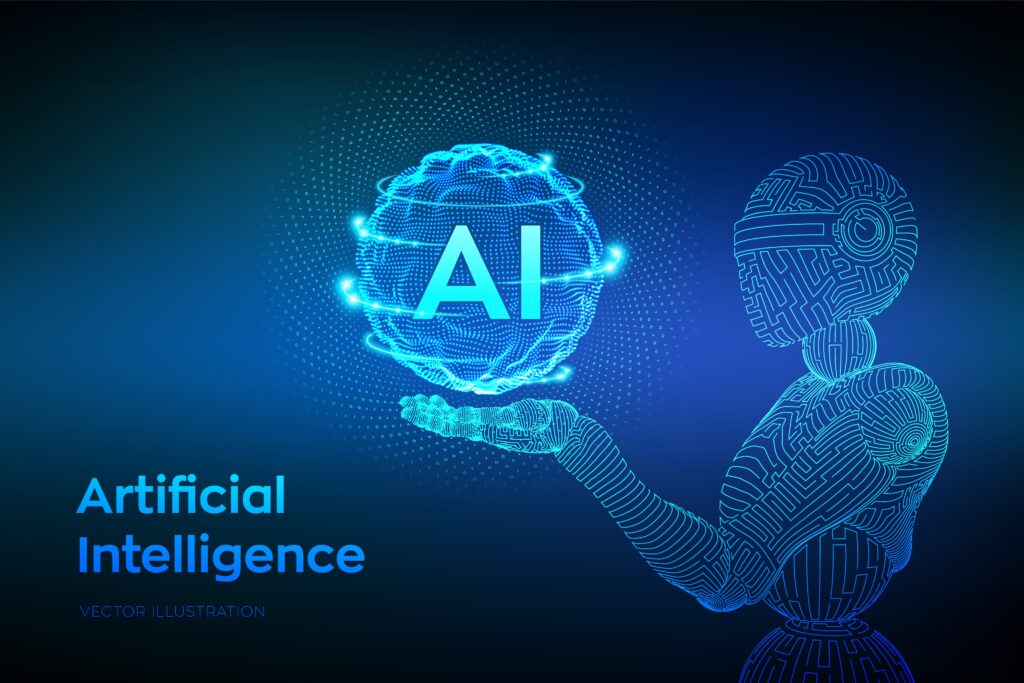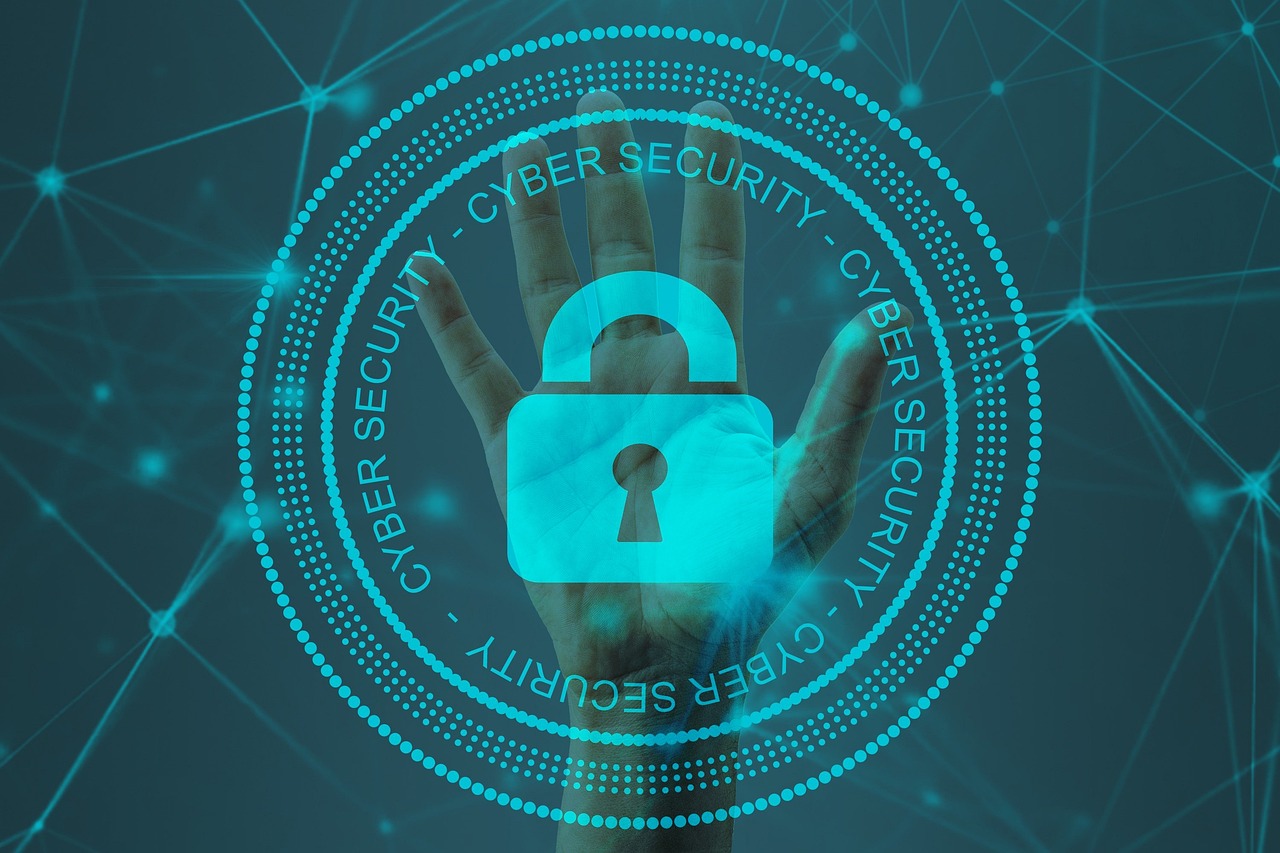Instead of hiring additional security analysts, what if we could find a way for machines to consider problems like hackers? With cybercrime, damage costs are likely to rise to $10.5 trillion by 2025, and the AI-driven cybersecurity market is projected to grow from $24.3 billion in 2023 to $134 billion by 2030. This is now an especially important subject.
AI-driven cybersecurity improves things so much that organizations can save $2 million, but the cybersecurity sector is also undergoing major changes that go far deeper.
New data shows that cybersecurity experts are spending more on AI, with nearly one-third calling it their top priority. But why is that, and what does it imply for the future of defenses online? Let’s crack this code in this blog.
How Is AI Transforming Threat Detection and Prevention?
The stats illustrate the scale of this digital change well. 30 percent of CISOs (Chief Information Security Officers) depend on AI to save costs while improving their organization’s cybersecurity process, according to the analysis. Organizations are now shifting toward using proactive and intelligent systems in place of routine and unautomated actions in digital security.
AI is now important for cybersecurity, not only because of technological developments but mainly because threats are becoming more advanced than ever before. Standard security methods, though still necessary, are failing to defend against advanced threats launched by today’s cybercriminals and state-based attackers.
What Are the Hidden Advantages of AI Beyond Cost Control?
Managing costs effectively is the main reason companies use AI, but leaders in cybersecurity are finding more ways AI can help them. Different sectors are now using technology for important purposes.
Enhanced Threat Detection and Response
Cybersecurity experts rely on AI mostly to enhance their ability to detect and react to threats quickly. With AI, it is possible to review large amounts of data in no time while identifying unusual behavior that a person might not notice. Due to threats becoming more difficult to detect now, this capability plays an especially important role.
Advanced Incident Response Capabilities
Every second is crucial when a security incident happens. AI helps by beginning the process of responding to security incidents, preventing them from spreading, and starting repairs on its own, giving humans a chance to handle them later. Responding quickly in such cases can keep a minor security incident from becoming a major data breach.
Intelligent Resource Allocation
AI is used to detect risks and helps companies make better use of their cybersecurity budgets. Evaluating trends and estimating attack points, AI guides organizations’ security specialists to focus their resources where they are most useful.

How Are Businesses Evolving in the Post-AI Era?
Although AI automation leads the way in improving cybersecurity, we should remember it belongs to a wider approach. The use of multiple approaches to improve work activities is common among cybersecurity leaders, data shows.
- Tools Rationalization (26%): Streamlining security tool portfolios to reduce complexity and improve efficiency
- Security and Risk Management Process Optimization (23%): Refining procedures and workflows to enhance effectiveness
- Operating Model Simplification (20%): Restructuring security operations for better performance and cost-effectiveness
Perhaps surprisingly, experts said that investing in Zero Trust security frameworks is more important than using AI. It demonstrates that AI becomes most useful when combined with other security strategies instead of being used by itself.
How AI-driven cybersecurity strengthens Business Operations?
The financial problems cybersecurity teams face are very significant. Many organizations find it tough to succeed in security while sticking to budget rules that get tighter every year. Classic ways of protecting against cyber threats rely heavily on human workers, extensive hands-on jobs, and regular expenses connected to learning and new tools.
Related Story: Anthropic’s Latest AI Models: How Claude Opus 4 & Sonnet 4 Are Reshaping Automation.
AI-driven automation addresses these challenges by:
- Reducing Operational Costs: Working with automated tools allows cybersecurity professionals to focus on important matters because everyday jobs are covered automatically.
- Improving ROI: AI uses risk assessment to guide organizations in choosing the best places for their cybersecurity money.
- Enabling Outcome-Driven Focus: AI helps organizations concentrate on real outcomes and a meaningful reduction in risks, instead of just putting security measures in place.
What Steps Should Businesses Take to Integrate AI in Cybersecurity?
Putting AI-based cybersecurity systems in place is not limited to shopping for new devices. Organizations should follow an approach that consists of multiple important aspects.
Data Governance Foundation
Having effective data governance is the first step to strong AI implementation. AI systems require organizations to maintain organized and clean data that they can use efficiently. For this to happen, cybersecurity staff must cooperate with various departments to develop standard methods for collecting, storing, and sharing data.
Continuous Monitoring and Adaptation
Many different new capabilities and approaches are appearing in AI all the time. Companies need systems in place to follow AI progress regularly and make sure their security changes with the new developments. People in this sector should learn about emerging dangers and improve their defense approaches.
Culture of Innovation
It may be most important for organizations to cultivate an atmosphere that promotes creativity and change among their cybersecurity staff. As a result, people should get the chance to learn about new tech, gain helpful training, and enjoy an atmosphere where they are motivated to try different ways to address security problems.
Comprehensive Training Programs
Cybersecurity with AI still depends a lot on the actions of human users. All staff, not only tech people, should participate in regular, broad cybersecurity training organized by organizations. Since AI is getting more advanced, we rely even more on humans to supervise and guide its actions.

In What Ways Can AI Enhance Cybersecurity Defenses?
AI is set to have an even bigger part in cybersecurity soon. Already, AI is powering threat hunting, security analysis, and response to cybersecurity incidents without human involvement. We should treat AI as something that helps people rather than something that eliminates them.
The best cybersecurity programs from now on will use both AI with automation and human knowledge and judgment. This solution allows AI to do technical work while using a human’s creativity and good judgment.
Challenges and Considerations in AI-Driven Cybersecurity
Still, advancing in AI-based cybersecurity isn’t only about technology use. It requires managers to handle data well, learn and evolve regularly, change company culture, and invest in their employees’ skills.
This approach enables organizations to make cybersecurity better and more resistant to the risks that will emerge in the future.
Although AI-driven cybersecurity helps a lot, businesses should know about the challenges as well.
- Integration Complexity: When AI systems are implemented, many times it often calls for major upgrades to current security methods and structures.
- Skill Requirements: New abilities and knowledge are needed in cybersecurity due to AI, but many teams are not yet familiar with these skills.
- Adversarial AI: Every time defenders use AI, attackers are likely to use it as well. Firms must get ready for cyber threats driven by AI that are always capable of changing quickly.
- Privacy and Compliance: Companies rely on AI to study different types of information, which can be a potential privacy and regulatory problem.
Conclusion
The cybersecurity industry is currently experiencing a major change. With better threat skills and reduced budgets, organizations are being forced to change their digital security policies. Recent threats in cyberspace mean that AI-assisted automation is now vital for companies that seek to maintain effective cybersecurity.
Nearly one-third of those responsible for cybersecurity are placing big importance on AI automation and this trend looks set to accelerate. Companies that move forward with this change early can handle evolving risks and optimize how they spend their money on security.
Cybersecurity in the coming years will depend on intelligence, automation, and adaptability. If companies react to these changes, they will improve their cybersecurity and may gain an edge over competitors because of their improved functioning. No one questions if AI will revamp cybersecurity; the question is how soon organizations can use its power.
Fuel your curiosity with expert-backed insights — visit BlogNexa
FAQs
Q1. How is AI used in cybersecurity?
AI largely identifies and studies how people behave. After spotting the patterns, AI can quickly find any suspicious activity and block unpermitted users from getting in. With AI, you can more quickly spot both malware and intrusions in your computer network.
Q2. Can cybersecurity be automated by AI?
AI is going to become the primary guardian of cybersecurity. Cybersecurity won’t be a field that AI completely takes over. While these two fields automate tasks that require the detection and analysis of logs, they are unable to interpret brand-new or unusual cyber threats as humans are.
Q3. How is automation used in cybersecurity?
When security automation is used, it finds threats to a security posture, works out the level of urgency, handles the threats according to their priority and deals with them. It is used to handle repetitive security chores such as preventing access to certain domains. Some GRC procedures are compliance, audits and risk assessments.
Q4. Which AI is best for cybersecurity?
Each AI cybersecurity solution is designed for different purposes. Using Darktrace to notice unusual threats, CrowdStrike Falcon for security on computers or laptops, Microsoft Defender for AI-based danger detection, and IBM Watson for studying data can be helpful.
Q5. What is automation in cybersecurity?
Security automation uses technology to spot, prevent, and handle cyber threats mostly on its own. As a result, it boosts awareness of threats, making incident management and restoration faster, and improves how logs are examined, which helps the system defend itself.




